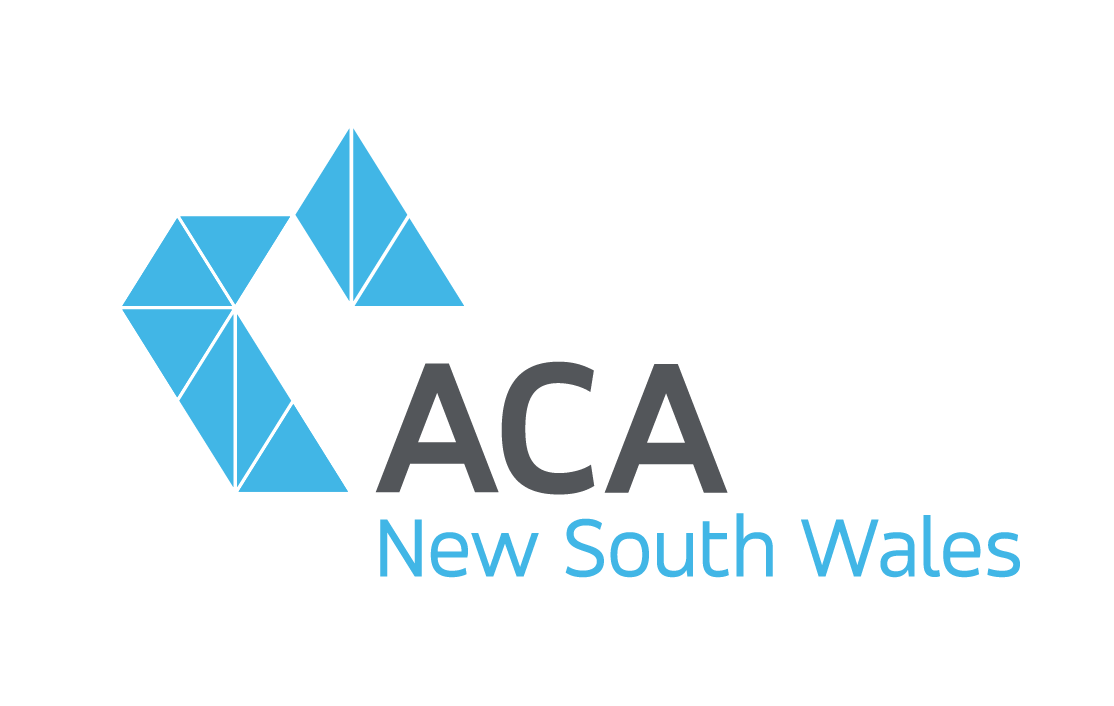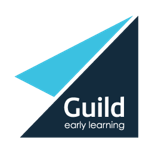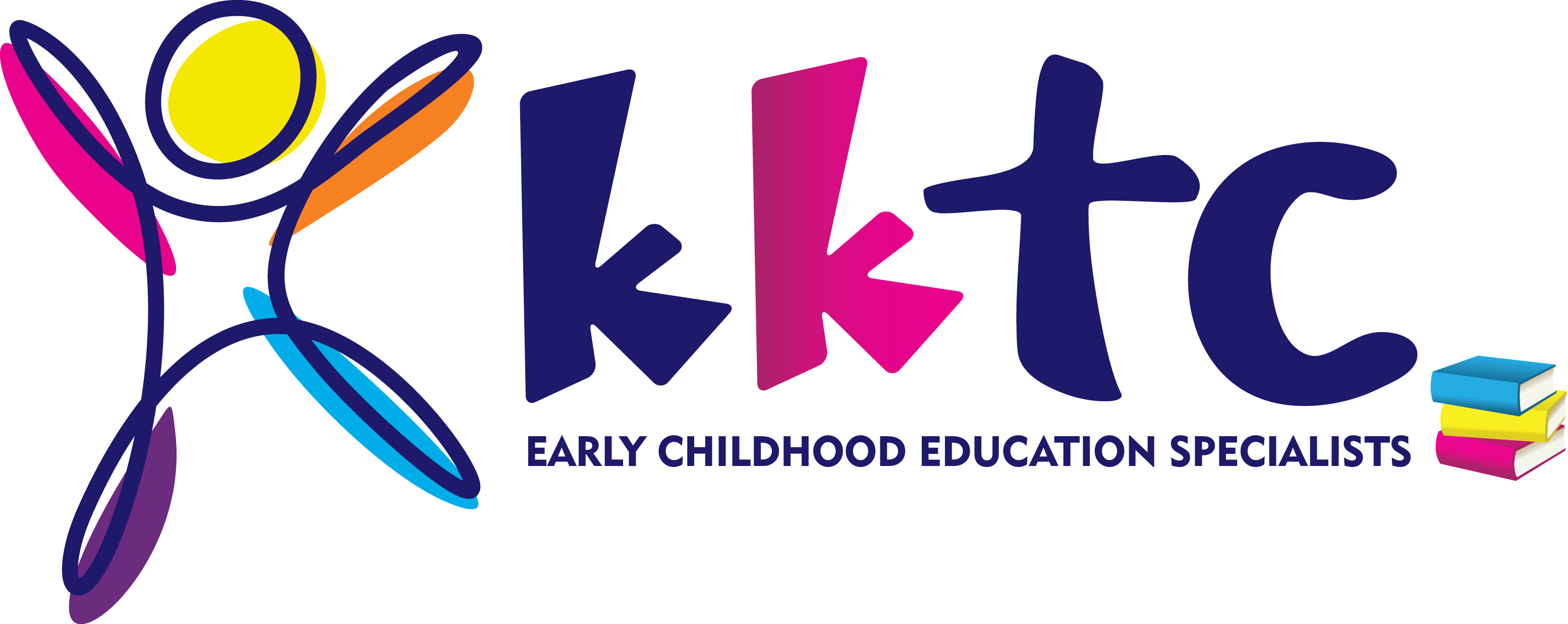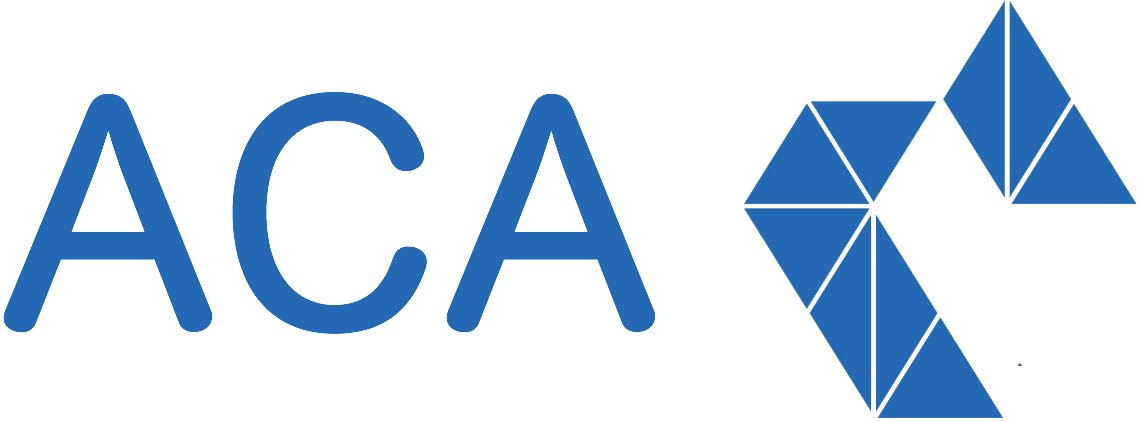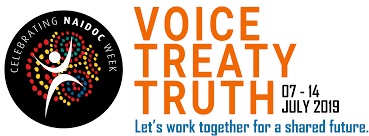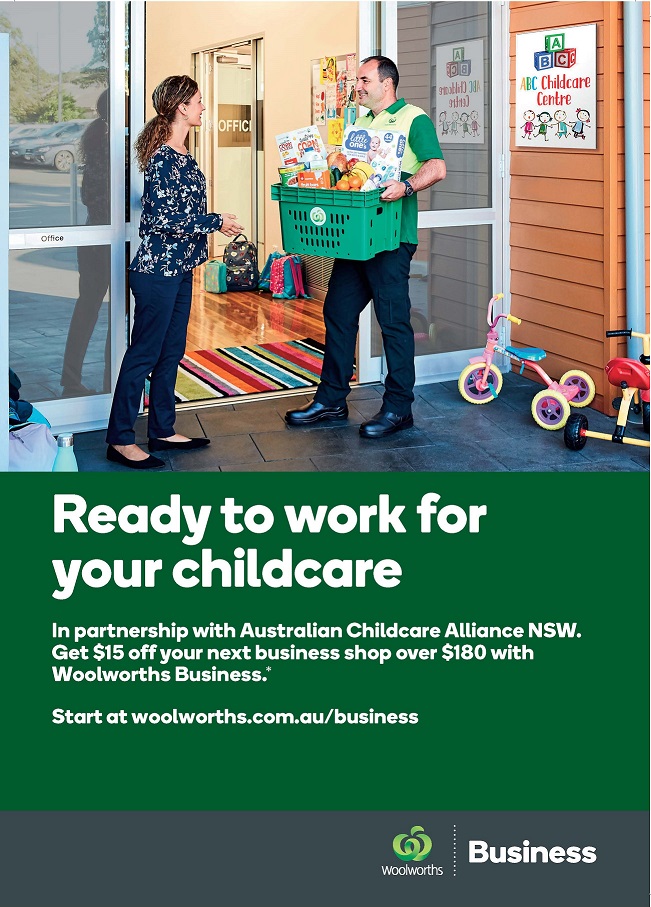ACA/ChildHR Partnership
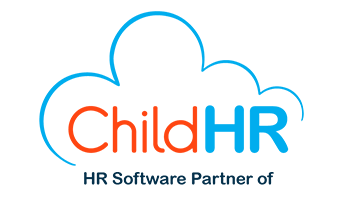

The Australian Childcare Alliance (ACA) has partnered with ChildHR to ensure that ACA members have the right tools for a compliant and sector consistent approach to managing HR.
Through this partnership, ACA members are offered an exclusive deal which provides cost savings and the flexibility to choose the software features and documentation that best suit your services needs.

ChildHR drives compliance and efficiency for Acorn Child Care Centre.
Acorn Child Care Centre is a multi-site provider in Bundaberg, Queensland. It started operating as a single centre in 2014, but due to rapid growth, a second location was started two years later. As a result, staffing numbers doubled and the HR requirements grew exponentially. Acorn realised they needed help from ChildHR to navigate their way through the complex HR processes and improve centre performance and professionalism.
Administration and compliance created errors, duplication and ineffective management
In 2016, Acorn Child Care Centre found itself with large and growing educator numbers. This was good for business, but it meant that HR processes were slipping, and many staff were failing to meet compliance requirements. Inadequate HR tools and policies made it difficult to track team compliance, which put significant pressure on centre management and made it increasingly difficult to keep the multi-site centre operating smoothly and efficiently.
Acorn Director, Rachel Lynch, was finding it challenging to maintain HR policies and instill professional development in her staff, who are the “backbone of her business”. She also needed urgent help with employee onboarding, performance appraisals and performance management.
In particular, Rachel was finding it extremely challenging keeping track of her 70-plus staff members, some of whom needed ongoing performance management. “Employees were not complying with policy,” she says, “and at times we needed to let people go ‘correctly’. I remember thinking, ‘We’re doing it wrong, we need help’.”
ChildHR’s tailored technology streamlined HR processes, addressed compliance and staff performance
ChildHR was called in to help Acorn streamline its HR processes and address the management of staff performance. As Australia’s only HR platform tailored to the early learning sector, ChildHR combines its expertise in the sector with technology to drive productivity and cost savings by streamlining administration and compliance.
“I came across ChildHR at the ACA conference and fell in love with it,” says Rachel.
“I showed it to our Executive and said: ‘I need help, you need help.’ So we gave ChildHR a go, and have never looked back.”
Rachel is impressed with the depth of ChildHR’s toolkit. “ChildHR’s staff performance management system shows me clearly who I’ve spoken to and when. I have all employee conversations in one place, and it’s all private and confidential. Every time I have to give a written warning, I have all the details at my fingertips,” she says.
“Performance reviews are not done on paper any more, so we can’t lose any
history. ChildHR also lets me review both employee and manager comments
beforehand, which makes the performance review process much quicker.”
She adds that ChildHR helps her stay on top of the early learning sector’s stringent QA4 and QA7 regulations, which come with heavy penalties for non-compliance:
“With ChildHR’s onboarding I can give an employee their requirements to review and can verify they’ve done them. The onboarding system requires employees to study policies, then answer questions to prove they’ve read them.”
ChildHR saves management and employee time through its easy-to-use, intuitive and user-friendly system. “Each employee has their own login, giving them access to all the documentation required for their role. They can also update any personal details online, saving us from spending hours doing paperwork.”
ChildHR delivered productivity and cost savings by streamlining HR admin and compliance
There is a raft of certifications and qualifications that apply to the Australian early learning sector and sanctions for failing to meet requirements are harsh. ChildHR has significantly reduced these risks for Acorn by removing human error and providing a clear process for staff onboarding and management, including confirmation of educators’ qualifications.
Rachel is now confident with her responsibility of making sure Acorn Child Care Centre follows the National Quality Standards QA4 and QA7 and passes regular audits by the ACECQA. “The best thing about ChildHR is that if the department comes in and says they want to see staff schedules, I can go in and show them everyone’s compliance, with evidence, at the click of a button. And I don’t have to chase staff anymore.”
ChildHR helps her maintain legally compliant HR documents that are automatically updated to reflect legislative changes. This includes role-specific employment contracts, policies, letters, position descriptions and any disciplinary documentation-all written by sector experts.
It also saves Rachel and her team time by streamlining HR processes and maintaining a system that attracts, maintains and motivates her staff. The simple and easy-to-use performance appraisal system meets professional development requirements, helps her staff feel valued and allows them to get on with the important business of caring for their children.
ChildHR includes a best practice process for managing under performing employees so she knows exactly what to do and has evidence the correct procedures have been followed.
Acorn is extremely happy with the on-call support via email, phone, video and guidebooks. “The Customer support team has been helpful,” says Rachel. They answer all of my questions and talk me through issues”.
Find out more about Australia’s only childcare-specific HR system
Streamline your HR practices, make sure you’re complaint and free up your team to focus on the child care within your business. Talk to us today about how you can enjoy a supportive system that makes HR compliance a breeze – just like Acorn Child Care Centre did.
Get in touch to find out more information.
sales@childhr.org.au or visit www.childhr.org.au/ACA
